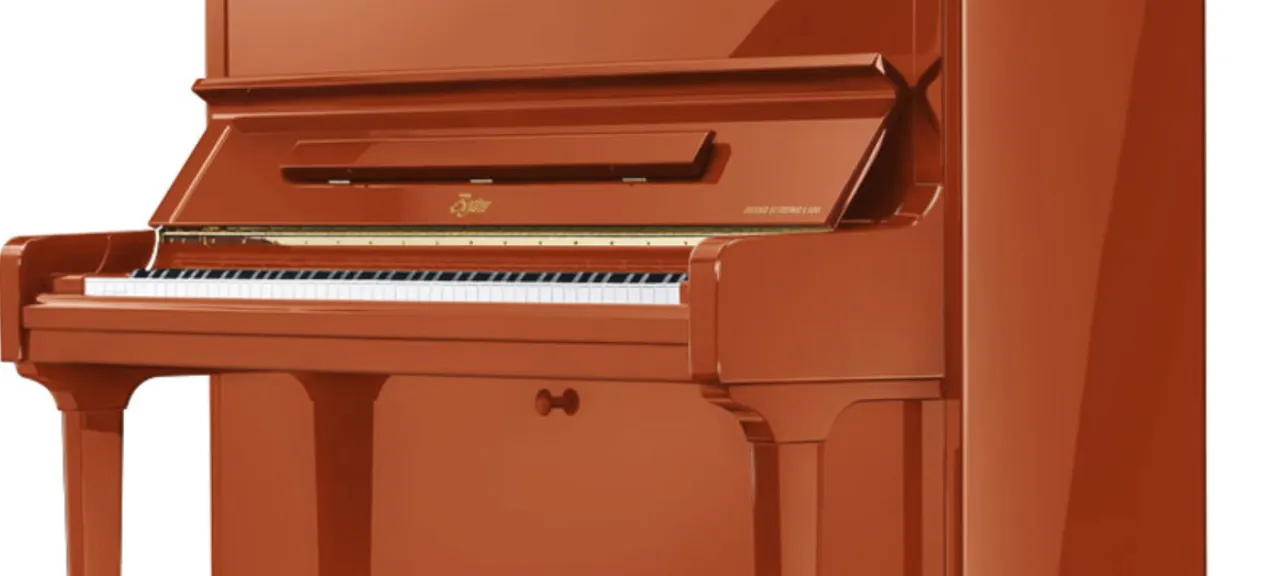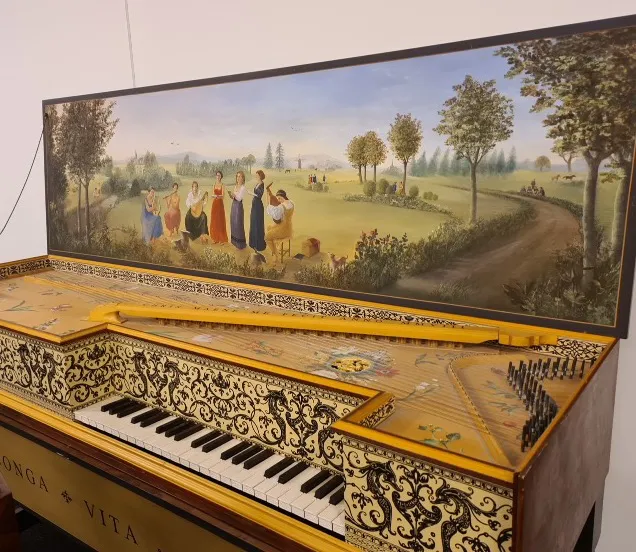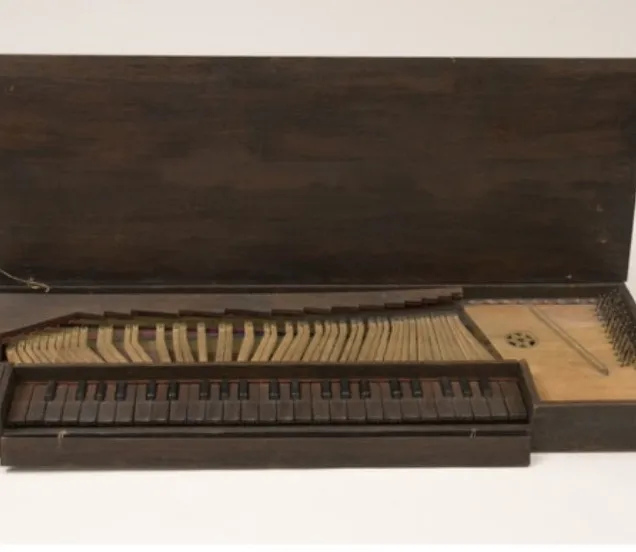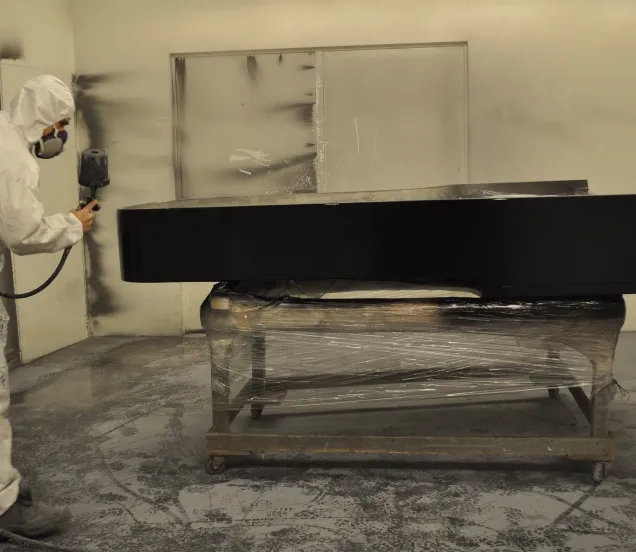By the middle of the 20th century, people had had enough of the carvings and baroque decorations in their furniture. Moreover, it was not worth the extra cost. Trendy interiors became increasingly minimalist, and pianos followed the same evolution. Clean lines became the norm, and plastics made their appearance in furniture construction.
Nowadays, polyurethane lacquer is the most common finish, from entry-level pianos to the absolute top instruments. Such a pu-lacquer lasts a very long time and can be repainted quite easily. The lacquer forms a hard, strong layer that can take a beating.
A white finish is also possible, but it will cost you a little more. It is slightly more difficult to finish a white lacquer instrument beautifully. Moreover, the demand for white instruments is much smaller, making the production lines more expensive.
Pianos in satin or polished finishes can still be bought (on order). These finishes are mainly used by top manufacturers such as Steinway & Sons, due to the high cost of the materials used and the labour-intensive process. For such an exclusive finish, you often pay a hefty surplus, but in return you get a unique instrument.
Steinway & Sons' daughter brand Boston is temporarily offering their buffet pianos in a colour of your choice under the heading "Made to Create". The pianos are finished in Germany in high-quality PU lacquer, and you can choose between around 200 colours. This way, you can take home a unique piano that perfectly fits your interior! More details can be found on the Boston website!






